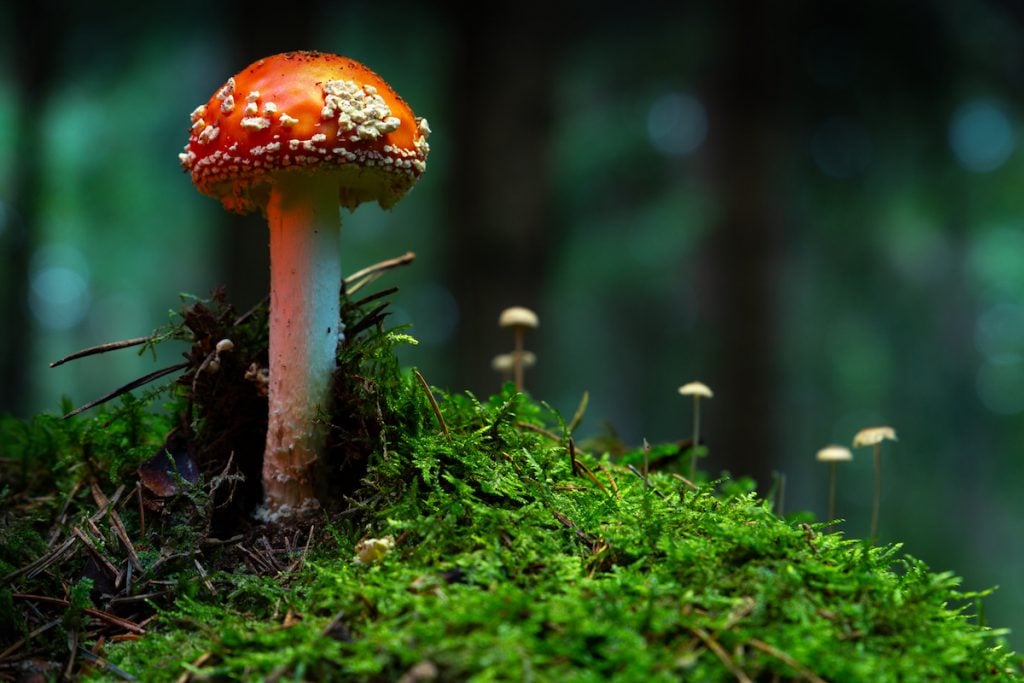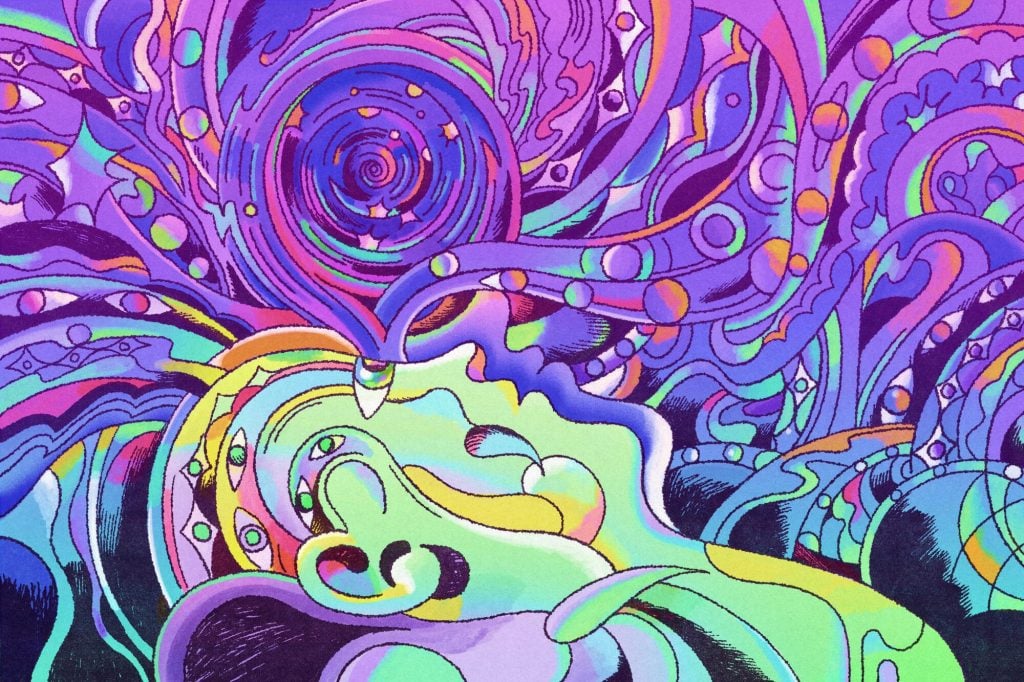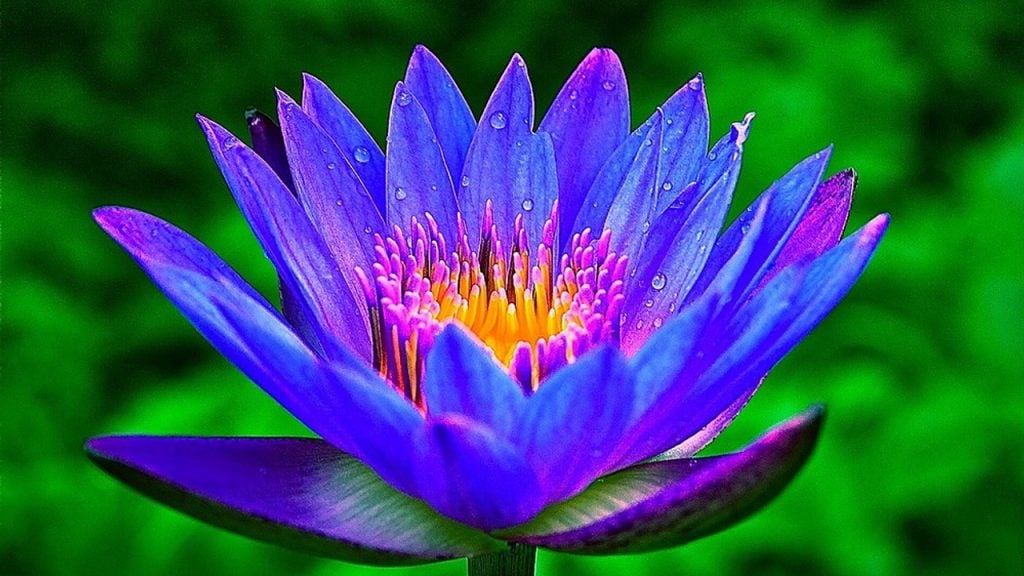Blue Lotus Vs. Amanita Muscaria: Exploring The Key Differences Between Them

Table of Contents
Are you an adventurous soul seeking a unique experience in the realm of natural psychoactive substances? If so, you may have encountered two fascinating options: Blue Lotus and Amanita Muscaria. While both provide distinctive effects, it's essential to understand their differences before embarking on this intriguing journey. Today, we will explore the key differences between Blue Lotus and Amanita Muscaria, including their forms, effects, and potential short- and long-term consequences.
Form and Preparation Methods

Blue Lotus, scientifically known as Nymphaea caerulea, is a water lily native to Egypt. It has been held in high esteem for its entheogenic properties for centuries. Blue Lotus can be consumed in various forms, including dried flowers, powder, extracts, and tinctures. The dried flowers are commonly brewed into tea, serving as a pleasant and soothing beverage.
On the other hand, Amanita Muscaria, often called the Fly Agaric, belongs to the Amanita genus of mushrooms, known for their psychoactive traits. These distinguished fungi have a striking red cap adorned with white or yellowish spots. Before consumption, Amanita Muscaria must undergo a meticulous process to remove toxic compounds. It is commonly consumed by drying and chewing the mushroom cap, making tea, or incorporating it into various culinary dishes after proper preparation.
Blue Lotus vs. Amanita Muscaria: Effects and Safety
Blue Lotus and Amanita Muscaria offer distinct experiences due to their varying chemical compositions. Blue Lotus contains alkaloids such as nuciferine and apomorphine, contributing to its psychoactive effects. The consumption of Blue Lotus typically induces a sense of relaxation, euphoria, and heightened sensory perception. Some users report enhanced creativity, dream-like states, and even mild hallucinations. The effects of Blue Lotus are often described as gentle and tranquil.
In contrast, Amanita Muscaria contains psychoactive compounds, including ibotenic acid and muscimol. The effects of Amanita Muscaria can be unpredictable, varying from person to person. Users of this mushroom often report feelings of sedation, dreaminess, and altered states of consciousness. Some individuals may experience vivid imaginings, visual distortion, and a sense of heightened introspection. It is worth noting that the effects of Amanita Muscaria can range from mild to intense and are heavily dependent on dosage.
Short and Long-Term Effects

While both Blue Lotus and Amanita Muscaria offer unique experiences, knowing their potential short and long-term effects is crucial. Blue Lotus is generally considered safe and well-tolerated when consumed in moderate amounts. It is known for its calming and relaxing properties, which can reduce stress and promote well-being. Some users may experience mild drowsiness or sedation after consumption.
On the other hand, it carries a higher risk of adverse effects if not prepared correctly. The raw mushroom contains toxic substances that can cause nausea, vomiting, and gastrointestinal discomfort. However, these toxins can be eliminated or reduced significantly through proper preparation methods. The long-term effects of Amanita Muscaria are not extensively studied, but excessive use or misuse of this mushroom can potentially lead to dependence, cognitive impairment, and physical health issues. Caution is advised when experimenting with Amanita Muscaria due to its potential risks.
Similarities between Blue Lotus and Amanita Muscaria

While Blue Lotus and Amanita Muscaria have distinct characteristics, they also share some similarities. Both substances have a rich historical and cultural background, with documented use in various ancient civilizations. They have been valued for their potential spiritual and therapeutic properties.
Additionally, Blue Lotus and Amanita Muscaria can induce altered states of consciousness, leading to introspection and enhanced sensory perception. However, it is essential to note that the effects and experiences of these substances can vary significantly among individuals.
Exodus Is The One Stop Shop For All Your Vaping Needs
Exodus is the ultimate destination for those seeking cannabis or blue lotus. Renowned for its high-quality products, trusted reputation, and wide range of options, Exodus has everything you need.
The team at Exodus is not only friendly but also incredibly knowledgeable. They are dedicated to guiding and educating customers about their offerings, ensuring you find exactly what you're searching for. With their outstanding service and extensive selection, it's no wonder that Exodus is the go-to choice for cannabis and blue lotus enthusiasts. Don't forget to use the coupon code "SLYNG20" for a fantastic 20% discount on your first order with Exodus!
Amanita Muscaria VS Blue Lotus: What Are The Differences? - Conclusion
In conclusion, the choice between Blue Lotus and Amanita Muscaria ultimately depends on personal preferences, desired effects, and willingness to navigate their potential risks. Blue Lotus offers a gentle and soothing experience, while Amanita Muscaria provides a more unpredictable journey into altered states of consciousness.
It is crucial to approach these substances with respect, do thorough research, and ensure responsible usage to mitigate potential risks. Remember, always prioritize your safety and well-being when exploring the vast world of natural psychoactive substances.













